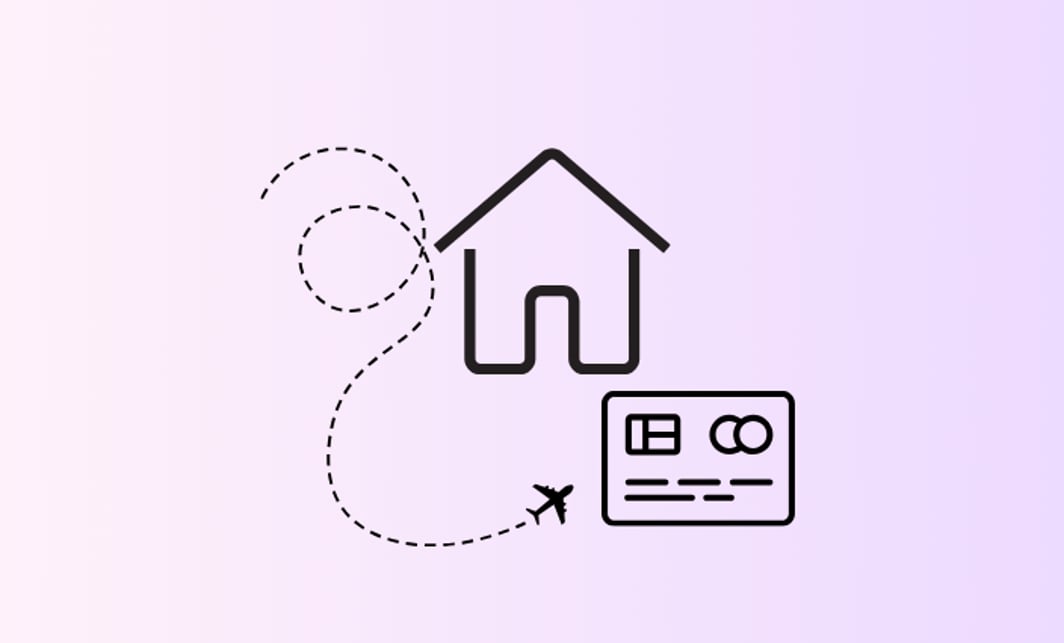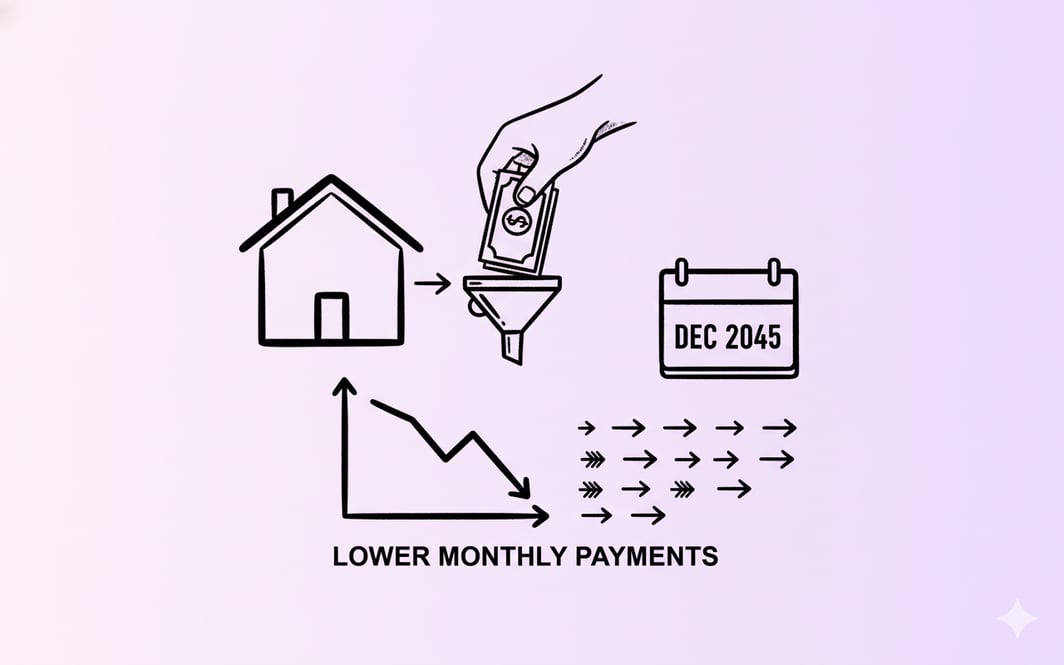Introduction to Annual Package Fees and No-Fee Loans
When considering borrowing options in Australia, particularly for home loans or personal finance, borrowers often face a choice between paying an annual package fee for bundled benefits or opting for a no-fee loan product. Understanding the nuances of these options is vital to making a financially sound decision that aligns with your personal circumstances and borrowing needs.
Overview of Annual Package Fees
An annual package fee is a recurring charge levied by lenders for access to a suite of bundled financial services and benefits. These packages commonly include:
- Discounted interest rates on loans compared to standard variable rates
- Fee waivers on other banking products such as credit cards or transaction accounts
- Access to financial advice or legal support
- Additional services such as insurance products
- Program expenditures and operational support embedded in the package
These fees can range from a few hundred to over a thousand Australian dollars annually, depending on the lender and the breadth of services included.
At an organisational level, such packages often reflect significant operational costs—for example, regulatory agencies like the Australian Competition and Consumer Commission (ACCC) and the Australian Energy Regulator (AER) allocate substantial budgets toward employee salaries, superannuation, and legal expenditures, which are analogous to the components embedded in loan package fees. While individual borrower benefit valuations vary, these packages are designed to provide value through bundled services that may not be available in no-fee loans.
Overview of No-Fee Loans
In contrast, no-fee loans advertise the absence of upfront or ongoing package fees. Borrowers pay interest and standard transaction fees but avoid an explicit annual fee. These loans appeal to borrowers seeking simplicity and lower upfront costs.
No-fee loans typically feature:
- Standard variable or fixed interest rates without bundled discounts
- No recurring package or service fees
- Potentially fewer ancillary services or benefits
- Loan flexibility that varies by lender
- Possible inclusion of hidden fees or higher interest rates to compensate for the lack of package fees
No-fee loans can be attractive for borrowers with straightforward financial needs or those unwilling to pay for services they do not intend to use.
Purpose and Scope of the Comparison
This article aims to provide a practical, actionable analysis of whether to pay an annual package fee for benefits or opt for a no-fee loan. Drawing on regulatory reports, market data, and consumer insights from the Australian financial context, the discussion covers cost structures, eligibility, consumer experiences, and regulatory environments to guide borrowers in making informed decisions.
Cost structures and financial implications
Understanding the financial trade-offs between paying an annual package fee or choosing a no-fee loan hinges on unpacking the components of each product’s cost structure and the value derived by borrowers.
Components and estimated value of annual package benefits
Annual package fees typically encompass several financial and non-financial benefits. Although exact benefit valuations differ by lender and borrower profile, the following components are commonly included:
- Salary and Superannuation Contributions: Reflecting the lender's operational expenses linked to staff servicing the loan product.
- Legal and Program Support: Covering costs associated with compliance, customer support, and dispute resolution.
- Bundled Financial Services: Including discounted interest rates, fee waivers on linked accounts, insurance, and access to financial advice.
The total estimated value to an individual borrower depends heavily on their utilisation of these services. Borrowers who actively use discounted products or benefit from fee waivers may offset the cost of the package fee, increasing net value.
Interest rates, fees, and repayment terms comparison
No-fee loans eliminate the explicit package fee but may carry different interest rates or fees that offset this benefit. Typical features include:
- Interest Rates: No-fee loans may have slightly higher variable or fixed interest rates compared to packaged loans offering discounted rates.
- Repayment Terms: Fixed-rate housing loans in Australia usually have terms of three years or less, influencing the valuation of fee-related benefits over time.
- Hidden Fees: No-fee loans may impose fees for late payments, early repayment penalties, or restricted loan flexibility.
The effective annual cost of package fees is complex to calculate because it involves quantifying the monetary value of bundled benefits. Borrowers must consider whether the discount in interest rates and fee waivers outweigh the annual cost.
Detailed cost breakdown and benefit utilisation
Borrowers who fully utilise the benefits of annual package loans—such as maintaining linked accounts to receive fee waivers or using bundled insurance—can often recoup or exceed the cost of the package fee over a typical loan term (often 25-30 years). Conversely, borrowers who underutilise these benefits pay the package fee as a net cost, making no-fee loans potentially more cost-effective.
Data from Australian lending indicators suggest that many borrowers prefer no-fee loans due to their transparent cost structure and avoidance of paying for unused services.
Therefore, assessing personal financial habits and likelihood of benefit usage is central to deciding whether to pay an annual package fee.
Despite the absence of an explicit package fee, no-fee loans may include:
- Higher interest rates to compensate for fee waivers
- Fees for late payments or loan variations
- Restrictions on loan flexibility or product features
- Potential early repayment penalties
These hidden costs can increase the overall borrowing expense and should be carefully scrutinised in loan contracts.
Australian consumer protection laws aim to guard against unfair terms, but evidence suggests that hidden fees remain a concern, necessitating borrower vigilance.
Types of Annual Home Loan Package Products
Annual home loan packages are bundled mortgage products that charge a yearly fee (often $300–$400) in exchange for a suite of benefits such as interest rate discounts, fee waivers, and access to additional banking services. The total value to the borrower depends on how effectively they utilise these inclusions.
Key Trade-Offs Between Loan Types
Guidance for informed borrower decision-making
- Assess Your Financial Needs: Determine if you will use the services bundled in a package fee loan. If not, a no-fee loan might save you money.
- Compare Interest Rates and Fees: Evaluate the overall cost of borrowing, including hidden fees and interest rate differences.
- Understand Eligibility and Approval Processes: Consider your credit standing and banking relationships, which may affect your options.
- Scrutinise Terms and Conditions: Request clear, written explanations of all fees and benefits; seek professional advice if necessary.
- Monitor Your Usage: If you choose a package fee loan, actively use the bundled benefits to justify the fee.
Frequently Asked Questions (FAQs)
Annual packages typically include salary and superannuation benefits, legal and program support, and bundled financial services (e.g., discounted loan rates, fee waivers). Organizational budgets for such packages run into hundreds of millions of dollars, although individual benefit valuations vary widely depending on usage and lender offerings.




